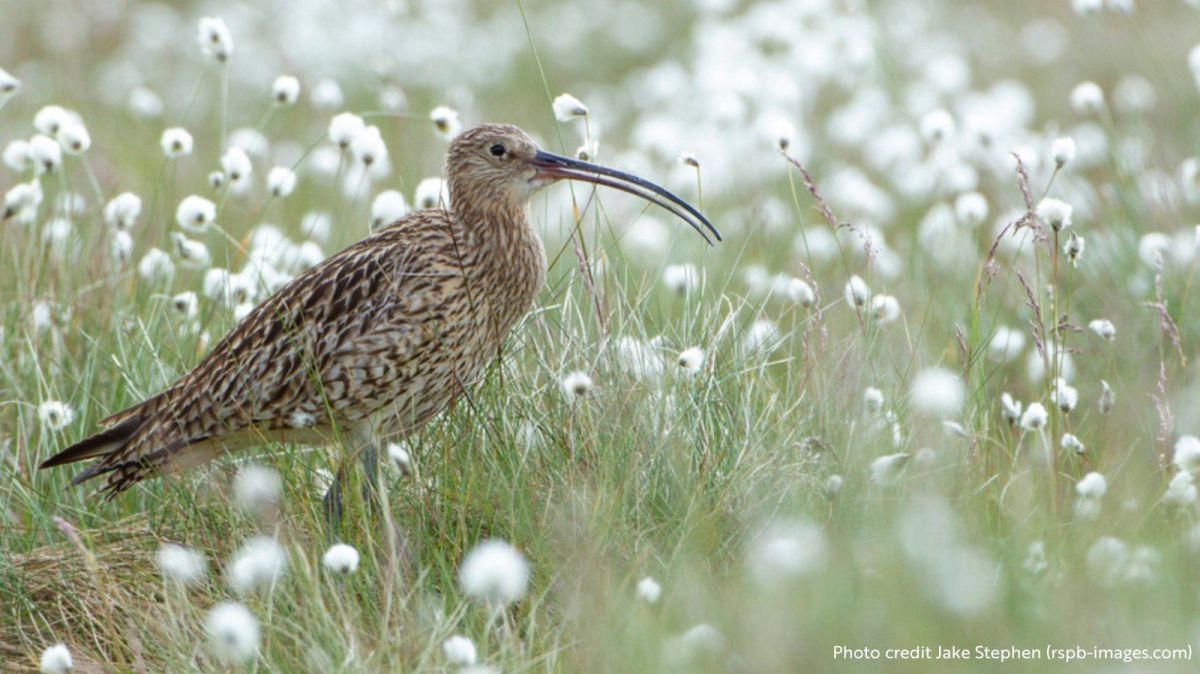The findings come after ongoing testing of fish in the lough since 2023, aimed at monitoring the effects of blue-green algae.
Despite the discovery, the FSA emphasised that commercially caught fish remain safe to eat and there is no change to advice for recreational anglers. Toxicologists have confirmed that species including bream, trout, perch, pollen, and eel pose no health concerns.
Blue-green algae, or cyanobacteria, are naturally present in lakes and rivers. Under certain conditions – warm, shallow, nutrient-rich waters with plenty of sunlight – these microorganisms can multiply rapidly, forming blooms that discolour water and create surface scums. While they can irritate skin and cause illness in people, the greatest risk is to pets, livestock and wildlife.
Professor Robin May, the FSA’s chief scientific advisor, advised anglers to continue exercising caution. “Think about where you’re fishing and the fish you’re catching,” he said. “Avoid fish that look sick or are floating. For healthy catches, rinse them thoroughly and remove the viscera carefully before consumption. Following these steps keeps fish completely safe to eat.”
The FSA reported that although toxins were found in some fish flesh, the levels remain below the World Health Organisation’s Tolerable Daily Intake and do not pose a health risk.
Kathleen McBride, CEO of the Fisherman’s Co-operative, welcomed the findings. “We are led by science – the fish are perfectly healthy to eat,” she said. She added that the extra confirmation from the FSA should reassure consumers, particularly as blue-green algae coverage has made marketing the lough’s fish challenging in recent months.
The co-operative’s assessment reinforces confidence in the quality and safety of Lough Neagh’s fish, even as algae blooms continue to appear across Northern Ireland, primarily in Lough Neagh, the Lower Bann, and Lough Erne.















